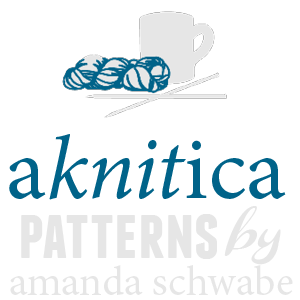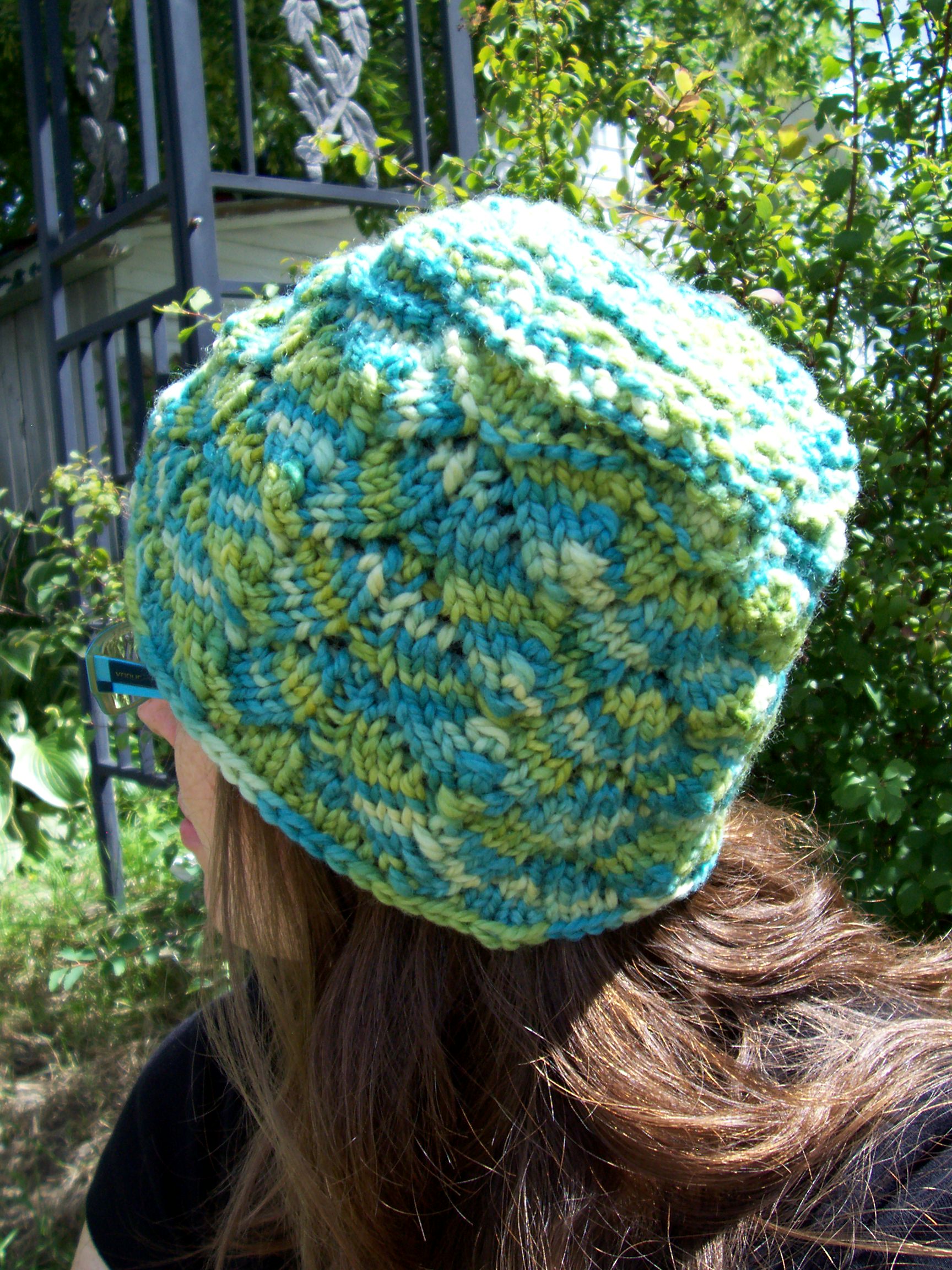
Woohoo! A mystery project of mine is finally releasing today, so now I can tell you all about it. It’s so hard to keep these secrets, but I admit, it’s fun at the same time. I’ve really been enjoying working on a small and growing pile of secret things this year.
Read on for the details, an announcement, and a giveaway!
The Aves Hat is now available in Knit Picks’ new Charmed Fall Accessories collection! And oh my goodness, you guys, I’ve been pouring through the book today, and it is adorable. It’s full of cute hats in all sorts of yarn weights, and I notice that most of them (including mine) feature fun pom poms this year. They’re colourful and fun, whimsical, and yes, completely charming. The collection is aptly named. 🙂
I’m also delighted to see a selection of perfect mitten patterns. In fact, they’re basic and versatile enough that you might find yourself knitting them year after year. The designs have beautifully arranged stripes and just make me so happy.
Okay, and there’s more. More! Boot toppers with garden vegetables….!!!… cowls with feathers, with diamonds…. socks with foxes…. a scarf with a gnome on it (hilarious!), and then I found more gnomes as I flipped through the pages. And for the more subdued tastes, there are beautifully textured accessories that will be classics, like the Rectrix Scarf and the Eclate leg warmers and cowl (love!). I think I might need to make the Yarn Chase Hat with the kitty chasing a ball of yarn, at least for my daugher.
A more whimsical, charming, delightful collection I could not imagine. Knit Picks really knocked it out of the park, and I’m so thrilled to be a part of it. It’s just loaded with quick, perfect projects that make me smile.
My fellow Ottawa Knitting Guild peeps might especially like the Circus Hat, which features a bit of light 2-colour brioche stitch in the ribbing. (Our theme this year is brioche, so how perfect is that!) It is super sweet to boot.
Now, my Aves Hat features some light colourwork, just enough to keep things interesting, but not so much to make it scary, I hope. Once the little section of birdies is done, the dots are worked only every fourth row, so you’ll have 3 rest rows in between to knit mindlessly around in circles. It has a nice, slouchy fit and a fluffy pom pom on top that will make it drape just perfectly when worn. I made the ribbing around the bottom to be snug and cozy, and the pattern comes with 3 sizes so everyone can achieve a great fit.
If you’ve never tried stranded colourwork before, don’t worry! Here are a couple things I’ve written with tips for you, and if you have any questions, just ask. Quick Tips for Knitting Fair Isle Colorwork and Choosing Colors for Your Knitting.
The nice thing about this hat is that choosing the colours is a bit easier since there are only three. Heck, you could even knit it in just two if you like. I bet it would look awesome in black and white, or maybe black or grey with one of the Stroll Brights. I love those fluorescent colours! I wrote the pattern for Knit Picks Palette yarn, but you could easily knit it in Stroll instead, which is so super soft and lovely in a different way. Honestly, it’s hard for me not to knit 5 of each pattern I make, just to try out different colour and yarn combinations. I need more knitting hours!!
And now, another fun announcement:
If any of you would like to join me in a knitalong of any of the patterns in this collection, I’m inviting you to come and join my new Facebook group. The aknitica group is for anyone who likes to talk about knitting, of any kind, not just my patterns or classes. But obviously, we can talk about those, too, and if you have any questions about techniques or anything, I’ll be there to answer them as often as I can. And I’m sure there will be other knowledgeable knitters there, as well, who can help when I can’t get to the computer fast enough. 🙂
So come join the aknitica community and let’s knit together! There will be a giveaway of the Charmed Fall Accessories ebook, and I’ll tell you all the details of how to enter in the group.












































